On January 14th, 2025, the first satellite of the IRIDE constellation was successfully launched. This is the first satellite of the multispectral high resolution, sub-constellation HEO (Hawk for Earth Observation), led by Argotec, and features the Chipmunk telescope manufactured by Officina Stellare. HEO is also the pathfinder for the IRIDE space system.
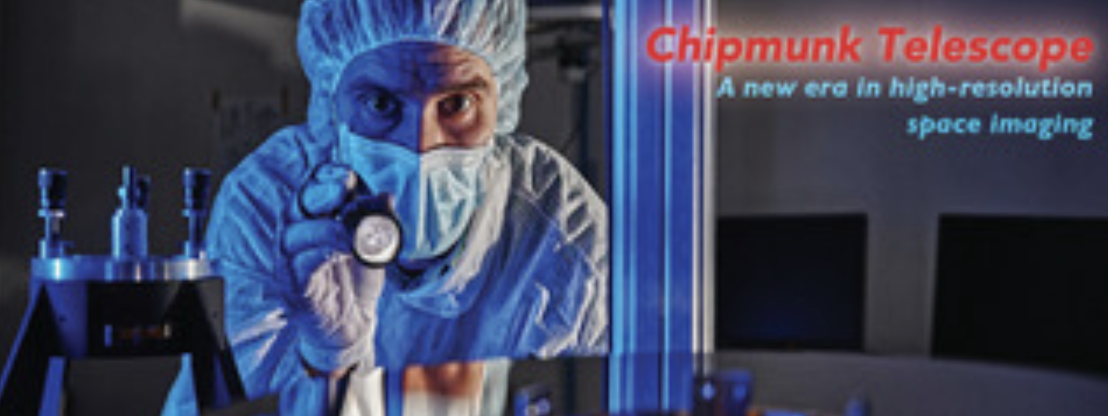
On March 28th, the first images were presented at ESA ESRIN center in Rome and was introduced to industry and agencies.
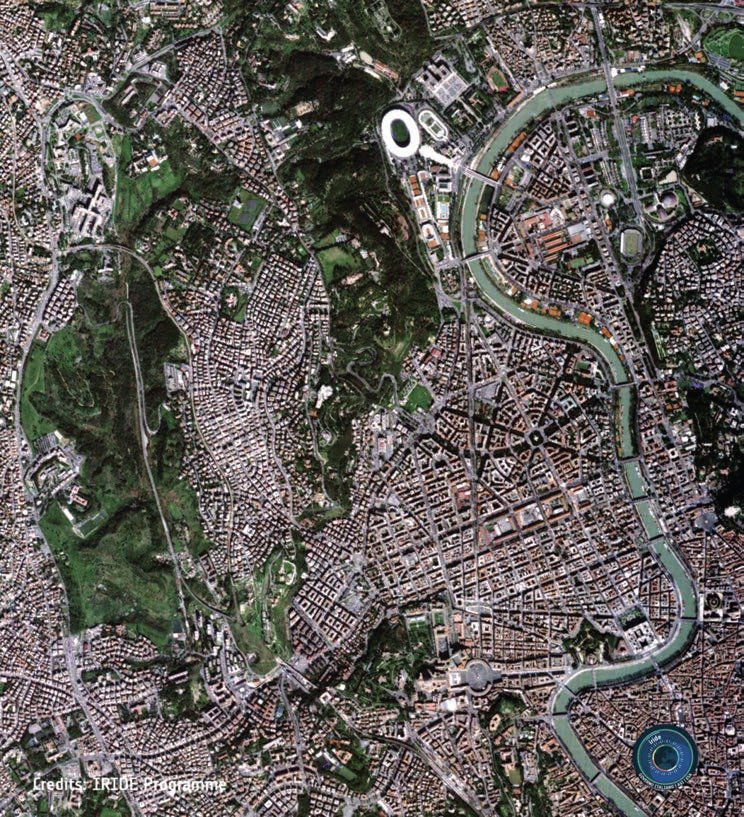
The emblematic image of Rome historic
center, captured on March 5th, 2025, was
acquired by the multispectral payload aboard
the first IRIDE microsatellite, the Pathfinder
Hawk for Earth Observation (HEO) that was
equipped with Officina Stellare’s Chipmunk
telescope.
Acquired during a pass over central Italy, starting from the Adriatic Sea, crossing the central Apennines and landing on the Tyrrhenian Sea, the most emblematic picture captured by Chipmunk was a view of downtown Rome and the Vatican.
HEO stands for Hawk for Earth Observation and was developed by an industrial team led by Argotec and the onboard telescope was entirely designed and produced by the Veneto-based company—Officina Stellare S.p.A. An HEO satellite includes a multispectral instrument with a 2.66 meter ground sampling distance (GSD) at an altitude of 590 km and the ability to acquire images in panchromatic mode and more than seven spectral bands that range from RGB to the near infrared.
The IRIDE constellation is under development in Italy under the direct management of the European Space Agency (ESA) and the initiative of the Italian Government, thanks to the resources of the National Recovery and Resilience Plan (PNRR), with the support of the Italian Space Agency (ASI).
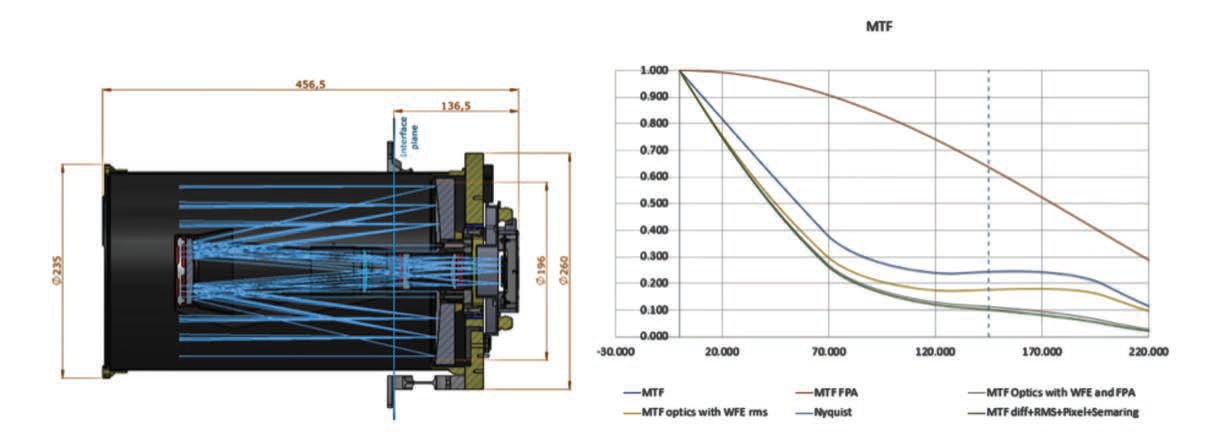
On the left, a sketch of the Chipmunk product for HEO constellation telescope; on the right, the MTF simulation with a PhaseOne GS120 camera (click to enlarge).
The IRIDE constellation is possibly the most complete in terms of the type of data captured as it encompasses six (two Synthetic Aperture Radar (SAR), one Very High Resolution, two multispectral high resolution and one hyperspectral) LEO sub-constellations of 34 satellites that have been ordered plus an option for an additional 35 satellites.
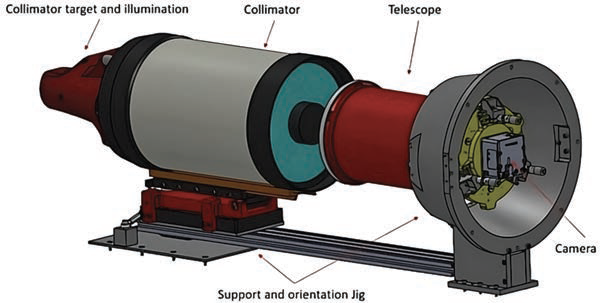
The IRIDE space system includes a ground operation infrastructure (Downstream Segment) and services that are intended for the Italian Public Administration (Service Segment).
IRIDE is designed to interface with other space systems to serve Public Administrations to combat hydrogeological instability and fires, protect coasts, monitor borders, critical infrastructures and emergency situations, air quality, and weather conditions.
Specifically, IRIDE will offer eight macro services that are related to marine and coastal monitoring, air quality, ground movement monitoring, land cover, hydro-meteorological climate, water resource monitoring, emergency management, and security.
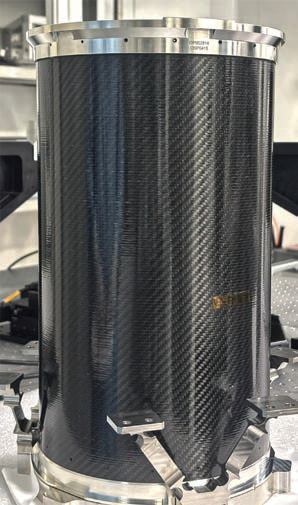
The Chipmunk telescope in one
of its recurring units.
Comprising a program to make data accessible to end users, IRIDE will contribute to commercial downstream applications developed by industry, in particular startups and Small and Midsize Enterprises (SMEs). Officina Stellare contributed to this achievement with the Chipmunk telescope—the prototype unit was completed in 10 months and delivered in 25 units at a rate of one unit per month.
The successful development and production of Chipmunk confirms Officina Stellare’s outstanding optical production and the integrated, full, optical system.
The telescope’s optical design is robust and versatile and does not require any form of additional focus system.
The Chipmunk telescope is adaptable and customizable and offers several detectors, delivering a GSD below 3 meters for HEO and enabling a GSD below 2 meters (reference altitude 500 km) with suitable FPA assembly. The 1.4° Field of View (FoV) employs a swath of 7.3 km at an altitude of 590 km.
The telescope is now fully qualified at a Technology Readiness Level of 9 (TRL9), with customers requesting customization and adaptations for their own projects.


